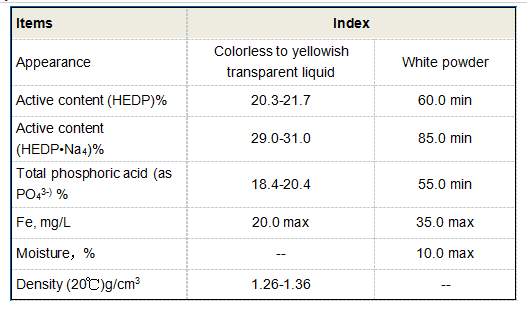Hydrolyzed Polyacrylamide
Hydrolyzed polyacrylamide (HPAM) is a water-soluble polymer widely used in various industrial applications. It is derived from polyacrylamide through a hydrolysis process, which involves the cleavage of the polymer chains by water. The specific degree of hydrolysis can vary, leading to a range of properties suited for different uses. This article will delve into the characteristics, applications, and benefits of hydrolyzed polyacrylamide.
One of the primary reasons for the popularity of HPAM is its exceptional ability to alter the viscosity of aqueous solutions. When added to water, HPAM can significantly increase the viscosity, making it an attractive option in sectors such as oil and gas, mining, agriculture, and wastewater treatment. In enhanced oil recovery processes, for example, HPAM is utilized to improve the mobility of crude oil within reservoirs, thus increasing the extraction efficiency. The polymer helps to reduce the friction and drag in the injection of water, allowing for a more effective displacement of oil.
In the mining industry, hydrolyzed polyacrylamide plays a critical role in various processes, including mineral separation and flocculation. By modifying the surface properties of minerals and improving the settling rate of solids, HPAM facilitates the efficient extraction of valuable minerals. Additionally, its application in tailings management helps in reducing the environmental impact of mining operations by minimizing water usage and improving the quality of effluents.
The agricultural sector also benefits significantly from HPAM, particularly in soil conditioning and retention of moisture. When used as a soil additive, hydrolyzed polyacrylamide enhances soil structure, leading to better water infiltration and retention. This property is especially beneficial in arid regions, where water conservation is crucial for sustainable agriculture. The polymer also aids in reducing soil erosion, enhancing crop yields and promoting healthier plant growth.
hydrolyzed polyacrylamide

In the realm of wastewater treatment, hydrolyzed polyacrylamide is a vital coagulant and flocculant agent. It aids in the removal of suspended solids, colloids, and organic matter from wastewater, thereby improving water clarity and quality. The efficiency of HPAM in promoting the aggregation and settling of particles makes it indispensable in municipal and industrial wastewater treatment facilities.
Despite its numerous benefits, it is essential to consider the environmental implications of using hydrolyzed polyacrylamide. While HPAM itself is generally considered non-toxic and safe for use, concerns regarding its biodegradability have been raised. Efforts are underway to develop more environmentally friendly alternatives and to enhance the degradability of synthetic polymers.
In conclusion, hydrolyzed polyacrylamide is a versatile polymer that finds applications in various industries due to its remarkable properties. From enhancing oil recovery and improving mining processes to facilitating agricultural practices and wastewater treatment, HPAM's impact is significant. Future advancements in polymer chemistry may lead to more sustainable formulations, ensuring that the benefits of this valuable material can be harnessed while minimizing potential environmental impacts. As industries continue to seek innovative solutions to complex challenges, hydrolyzed polyacrylamide will undoubtedly remain a vital component of industrial processes.
-
Water Treatment with Flocculant Water TreatmentNewsJun.12,2025
-
Polymaleic AnhydrideNewsJun.12,2025
-
Polyaspartic AcidNewsJun.12,2025
-
Enhance Industrial Processes with IsothiazolinonesNewsJun.12,2025
-
Enhance Industrial Processes with PBTCA SolutionsNewsJun.12,2025
-
Dodecyldimethylbenzylammonium Chloride SolutionsNewsJun.12,2025





